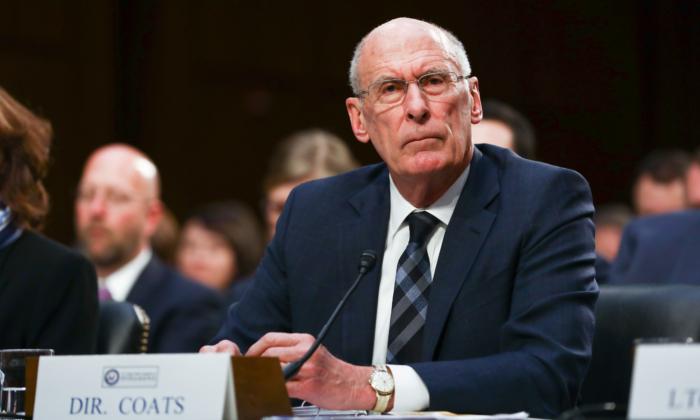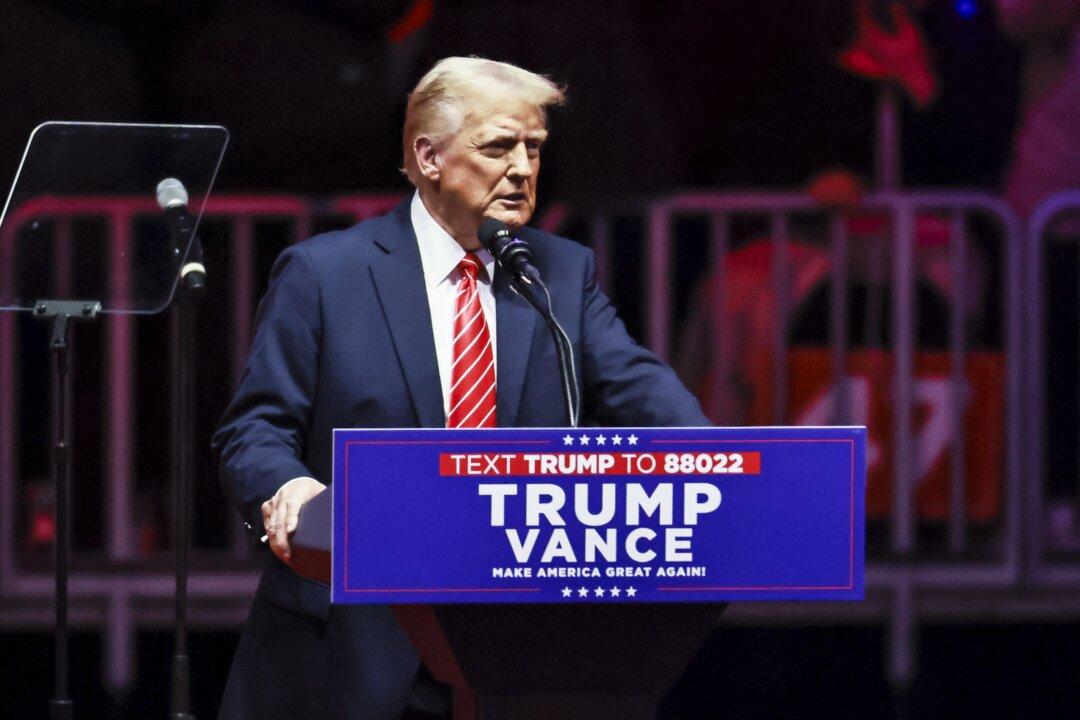The Office of the Director of National Intelligence (ODNI) is refusing requests to release an unclassified internal memo linked to the whistleblower complaint at the center of the Democrat-run impeachment inquiry.
The July 23 memo concerns the creation of an election executive and leadership board that then-Director of National Intelligence (DNI) Dan Coats announced on July 19.
Atkinson cited the title of Coats memo, “Designation of Intelligence Community Election Threats Executive and Assistant Deputy Director for Mission Integration,” in explaining his rationale for deeming the complaint as credible.
Atkinson cites Coats as saying in the memo, “I can think of no higher priority mission than working to counter adversary efforts to undermine the very core of our democratic process.”
A spokesperson for the ODNI told The Epoch Times that “the internal memo was not crafted or cleared for public dissemination.” A source within the ODNI confirmed to The Epoch Times that the office briefed the White House and Congress about the establishment of the election threats executive (ETE) on July 10.
President Donald Trump announced Coats’s resignation on July 28, five days after the DNI issued the memo.
While the content of the memo remains withheld from the public, the heading references the “designation of the intelligence community election threats executive.”
Coats created the ETE position on July 19 and appointed Shelby Pierson, who led the interagency election security effort during the 2018 midterm election. Prior to working for the ODNI, she worked at the National Geospatial-Intelligence Agency and the CIA.
“Election security is an enduring challenge and a top priority for the IC,” Coats said in the statement. “In order to build on our successful approach to the 2018 elections, the IC must properly align its resources to bring the strongest level of support to this critical issue.”
On the same day, Coats directed all intelligence agencies and government agencies with roles in election security to appoint a single election security lead to be part of the election executive and leadership board, which Pierson would chair.
The FBI appointed a senior official from the Foreign Influence Task Force to the board, according to Carol Cratty, a spokesperson at the FBI’s National Press Office. The National Security Agency also confirmed having appointed the official to the board, but declined to disclose the official’s name.
The Department of Homeland Security (DHS), the Justice Department’s Cybersecurity Unit, and the Pentagon’s Cyber Command didn’t respond to inquiries regarding the ETE.
After the July 11 briefings to Congress, the senior officials, including Coats, issued a statement that is nearly identical to the one Coats would issue on July 19 announcing the ETE.
“Election security is a top priority for the United States Government,” the officials stated. “Just like our successful, whole-of-government approach to securing the 2018 elections, we will work together with our Federal, state, local and private sector partners as well as our foreign allies to protect the 2020 elections and maintain transparency with the American public about our efforts.”
Coats officially concluded his duties on Aug. 15. The directive on election threats was his last official action recorded on the DNI’s news portal.
The “Election Security” page on the ODNI website says that the agency “is the bridge between foreign collection activities and domestic actions.” Pierson, the election threats executive, “coordinates and integrates all election security activities, initiatives, and programs across the IC and synchronizes intelligence efforts in support of the broader U.S. government.”
The White House didn’t respond to requests for comment.





